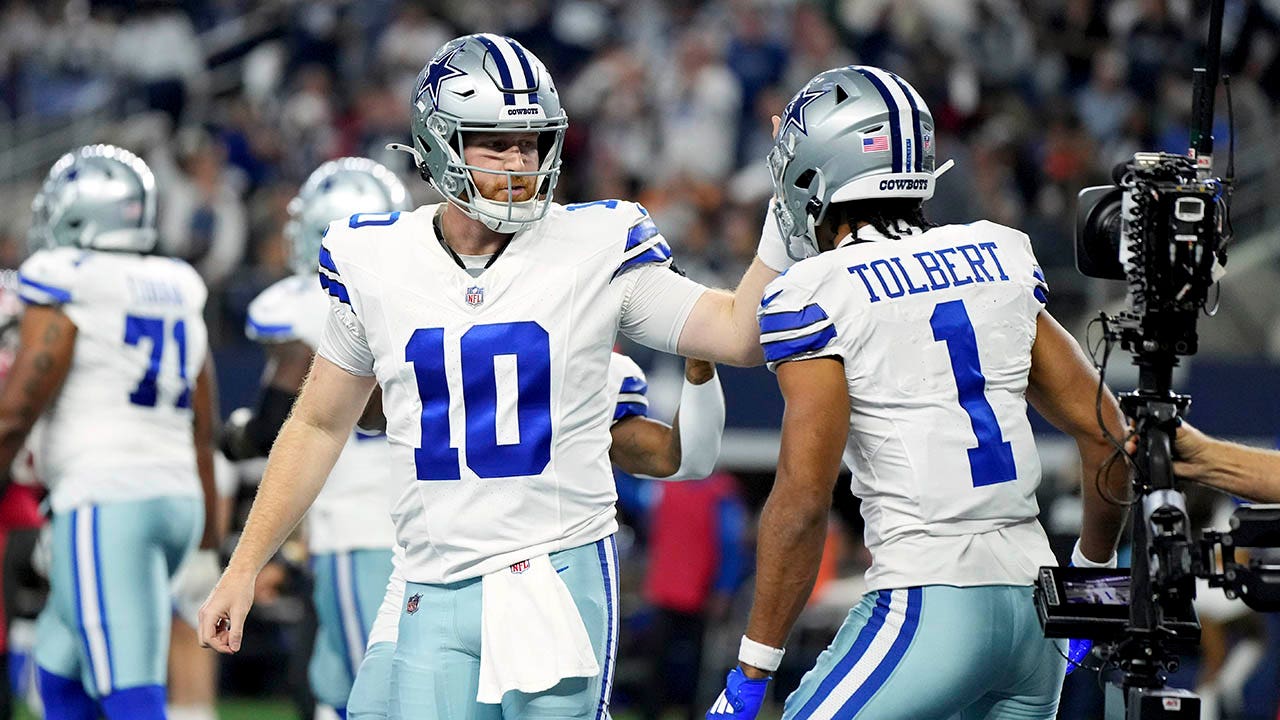V Anantha Nageswaran said the risk to the projected 6.5% GDP number is evenly balanced. (File)
New Delhi:
Enthused by the higher-than-expected GDP number in the fourth quarter of 2022-23, Chief Economic Adviser (CEA) V Anantha Nageswaran on Wednesday said India’s economic growth may exceed the initial estimate of 6.5 per cent in the current fiscal and the country can look for another year of solid economic performance.
The real GDP growth for 2022-23 is higher compared to the growth projections by various international agencies, reflecting the strong resilience of the Indian economy. India’s economy grew by 6.1 per cent in the January-March quarter of 2022-23, pushing the annual growth rate to 7.2 per cent on account of better performance by agriculture, manufacturing, mining and construction sectors.
India was the fastest-growing major economy over the last fiscal and in the quarter ending March 2023 as well, he said, adding, growth in the year was driven by robust private consumption and a sustained increase in capital formation.
Briefing media on the quarterly numbers, Mr Nageswaran said, the risk to the projected 6.5 per cent GDP number is evenly balanced and there is a good chance of this number may be exceeded in the current fiscal.
In the latest monthly economic report released in the third week of May, he said, “We did say that, while in the economic survey, we mentioned that 6.5 per cent was our target or an estimate of the real GDP growth for this financial year but we also mentioned that the risks to the downside were higher.”
“But now we are prepared to stick our neck out one more time and say that the risks to 6.5 per cent are probably more evenly balanced. There is as good a chance that this number may be exceeded as there is a chance that reality may undershoot this number. So, we are prepared to say that the risks are more evenly balanced than what we felt four months ago.”
High frequency indicators for industry, services, external sector, fiscal and credit growth are all pointing to sustain momentum in the economy, he said, adding, growth prospects, therefore, appear bright.
External factors as per the RBI’s Annual Report pose downside risks because of the geopolitics situation, oil production and potential for further monetary tightening in some developed countries and with that the attendant risks of further financial stress.
He also said that private sector capital formation is beginning to unfold as indicated by the March financial number of the corporate sector.
Gross Fixed Capital Formation (GFCF) has been a major growth driver in Q4 of 2022-23, with its share in GDP (at 2011-12 prices) being at 10-year high of 35.3 per cent in Q4 of 2022-23, as crowding-in of private sector investment by public sector investment picks up pace.
He expected that private sector would continue to expand its investment plans as capacity utilisation in many sectors including steel and cement is reaching beyond 75 per cent.
Expanding Public Digital platforms along with the last mile connectivity and logistics reforms on the back of a sustained investment in infrastructure, which has grown by three times through public capex spending do provide important buffers against the external risks, he said.
“So we are very pleased to have been able to present a story of both sustained economic momentum combined with macro-economic, financial and fiscal stability and we look forward to another year of solid economic performance by India,” he said.
Last week, Reserve Bank Governor Shaktikanta Das had said the growth for 2022-23 is expected to be more than the advance estimate of 7 per cent.
As per the second advance estimate released by the National Statistical Office (NSO) in February, the economy is estimated to grow at 7 per cent in 2022-23 against 8.7 per cent in the preceding fiscal.
An increase in Minimum Support Price (MSP) for major crops and a rise in the Mahatma Gandhi National Rural Employment Guarantee Scheme (MGNREGS) wage rate are expected to improve the financial security of rural households further and boost rural demand in the coming months, he said.
Rural consumption to benefit from stronger prospects in the agriculture sector, he added.
As far as the inflation outlook is concerned, Mr Nageswaran said it would trend towards 4 per cent helped by subdued commodity prices and good crop production.
There is a very high chance that the consumer price index inflation rate comes back and closer to the RBI’s midpoint of 4 per cent rather than staying above 5 per cent in the course of the current financial year, he said.
Retail inflation declined from a peak of 7.8 per cent in April 2022 to an 18-month low of 4.7 per cent in April 2023, driven by a reduction in food and core inflation.
He also said that unseasonal rains are unlikely to impact the sowing prospects of the Kharif crop.
(Except for the headline, this story has not been edited by NDTV staff and is published from a syndicated feed.)

























1734954217-0/T-Edit-article-images-(1)1734954217-0.jpg)





















